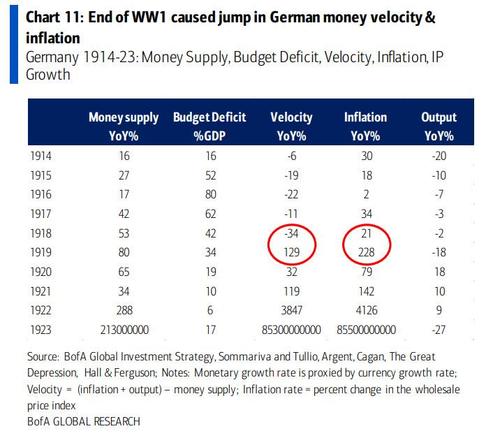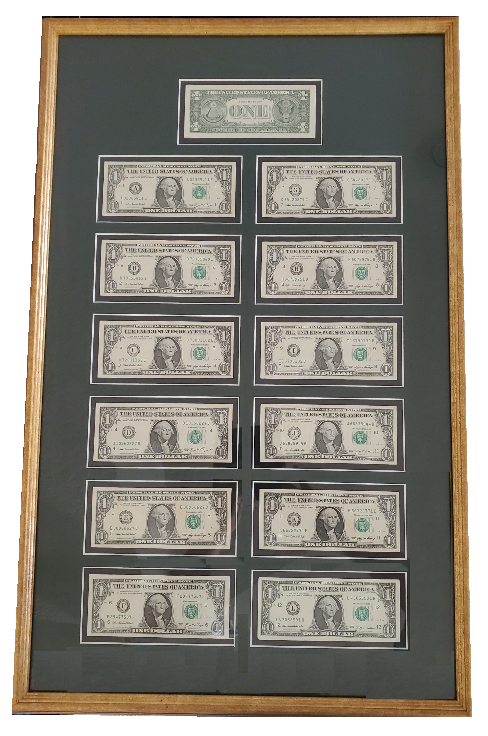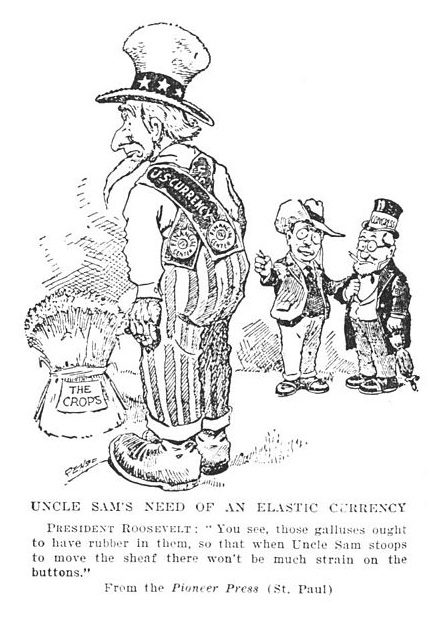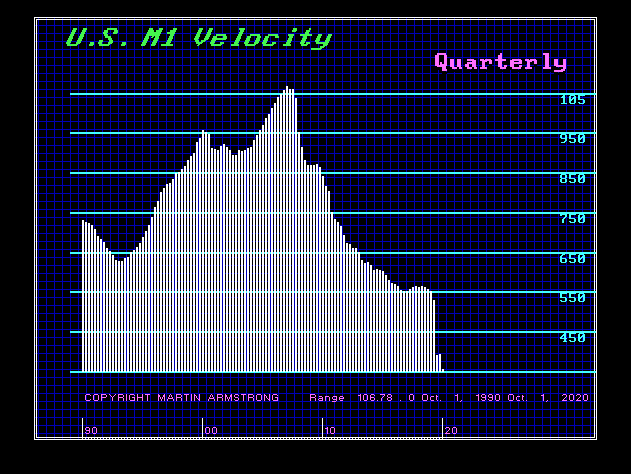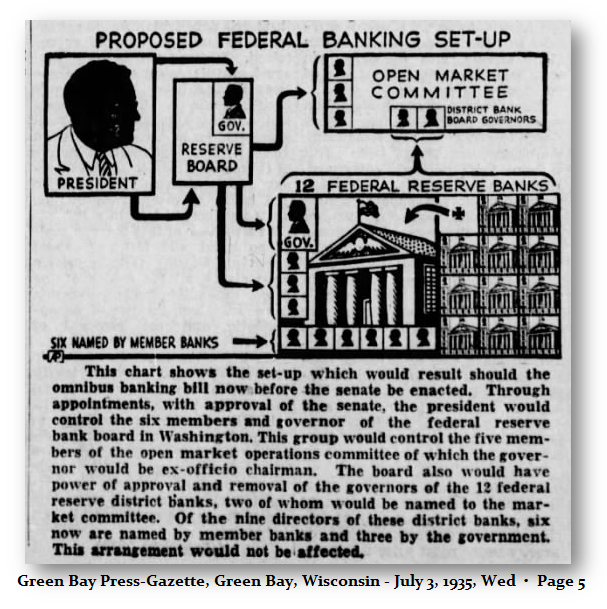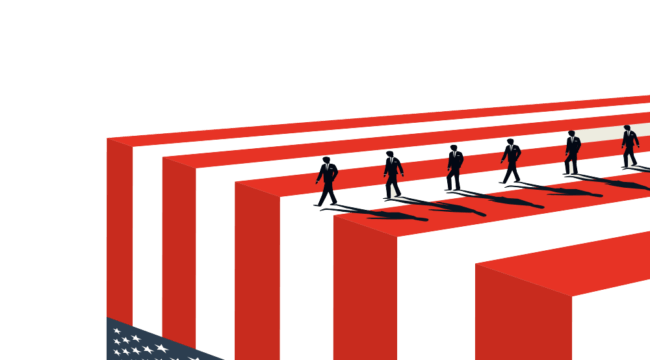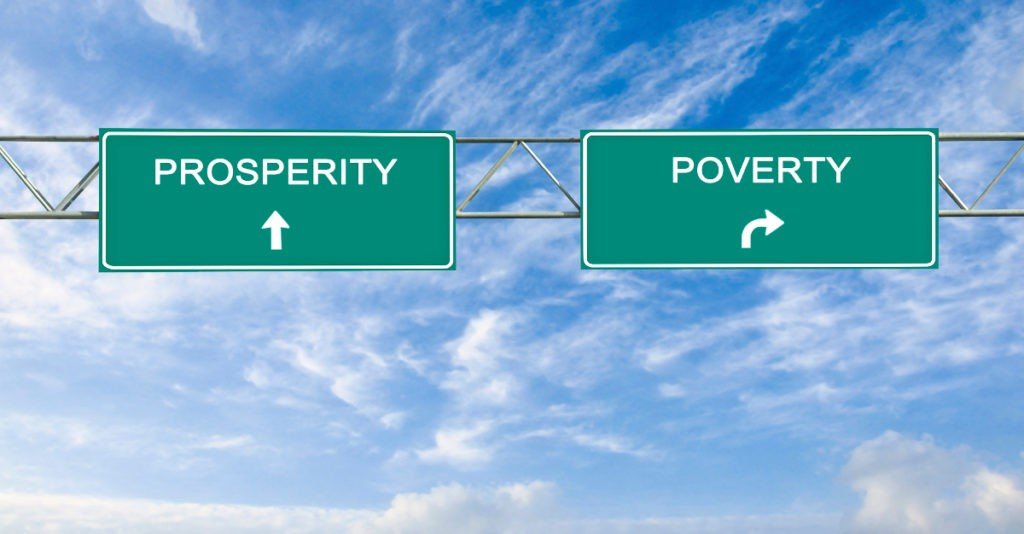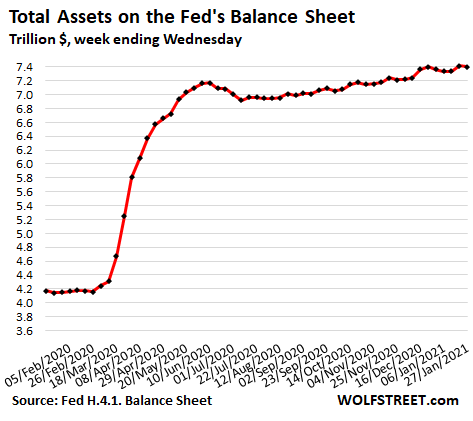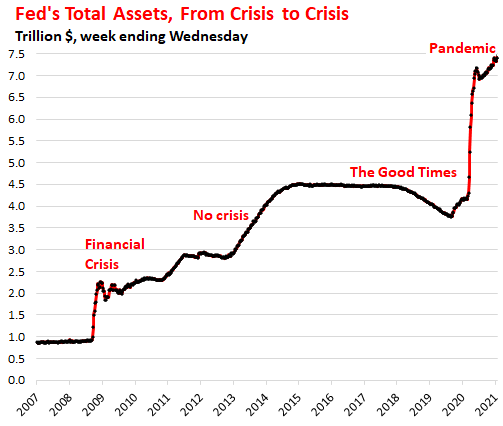As far as possible, this article quantifies inflationary financing of government spending from March to September last year, and already sees evidence on the CBO’s own figures of that exceptional covid response being exceeded in the first half of the current fiscal year just ending. It points to something which no one has really foreseen, that the rate of monetary inflation has increased beyond the banking system’s capacity to accommodate it.
Even if the US manages to emerge from lockdowns in the coming months, the legacy of the turn in the credit cycle, trade tariffs and supply chain disruption threatens a full-scale depression. There can be no doubt monetary inflation will accelerate, and we are beginning to see the consequences in rising bond yields.
Introduction
It is nearly a year since the Fed on 23 March 2020 responded to stock market pressures and cut its funds rate to the zero bound and followed that three days later by increasing quantitative easing to $120bn every month. A further $300bn credit was to be directed at businesses, employers and consumers. The Primary Market Corporate Credit Facility and the Secondary Market Corporate Credit Facility allowed the Fed to directly support corporate bond prices for large employers.


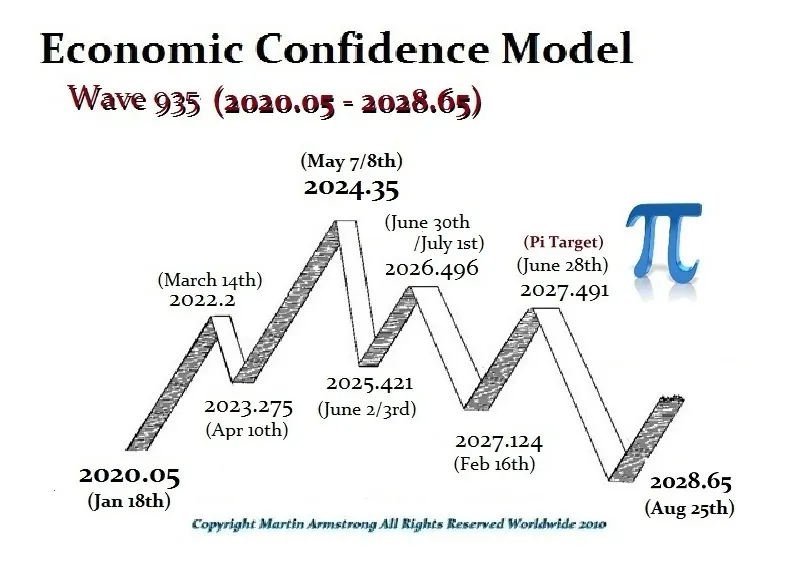
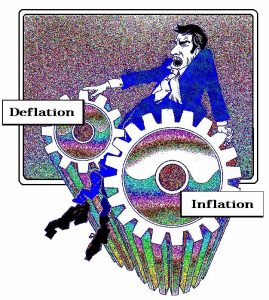
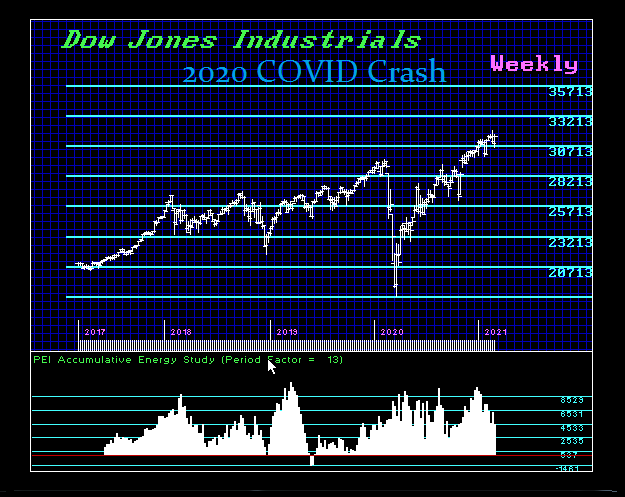
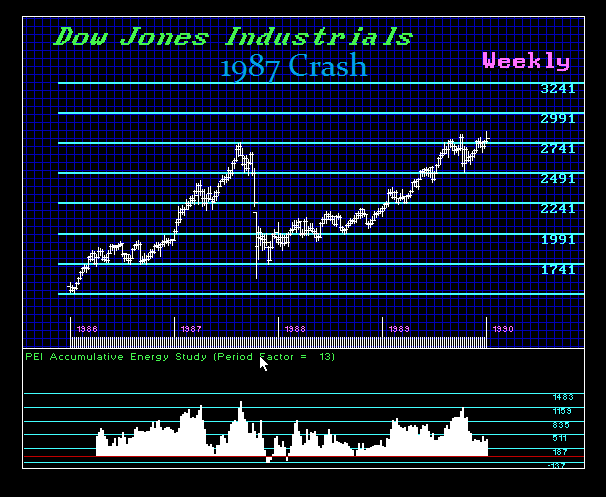


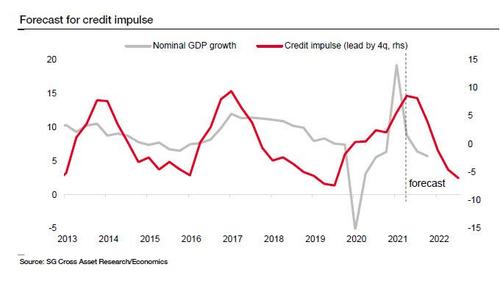
 Understanding four critical but simple puzzle pieces is all investors will need to take the flood that leads to fortune.
Understanding four critical but simple puzzle pieces is all investors will need to take the flood that leads to fortune.